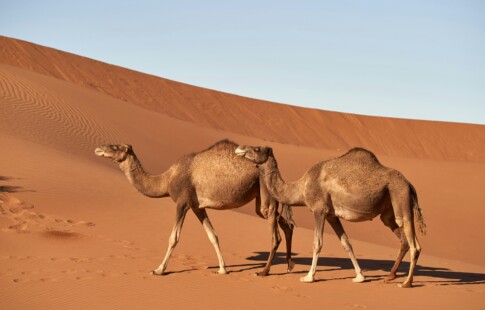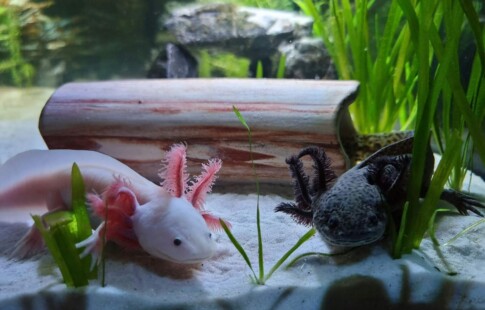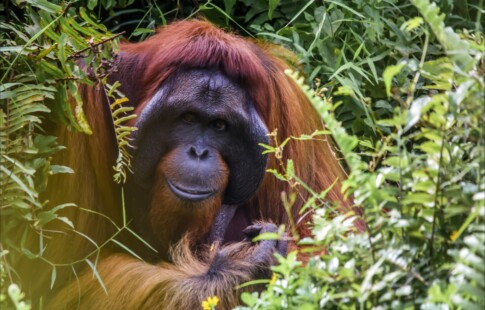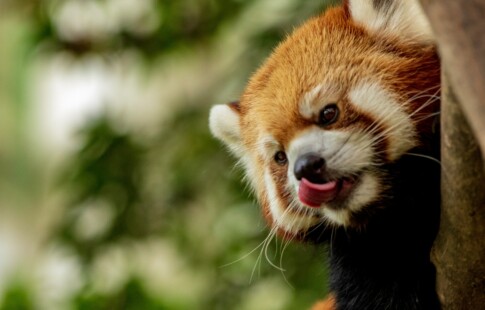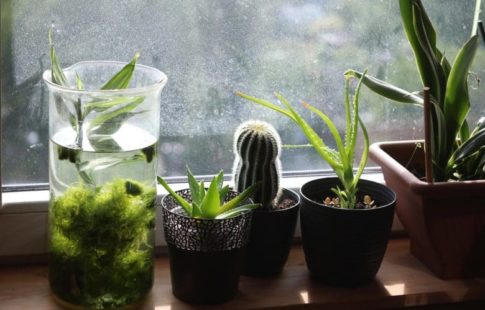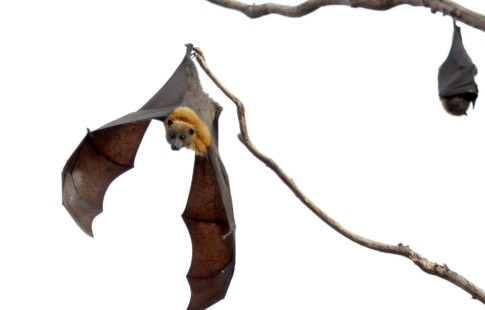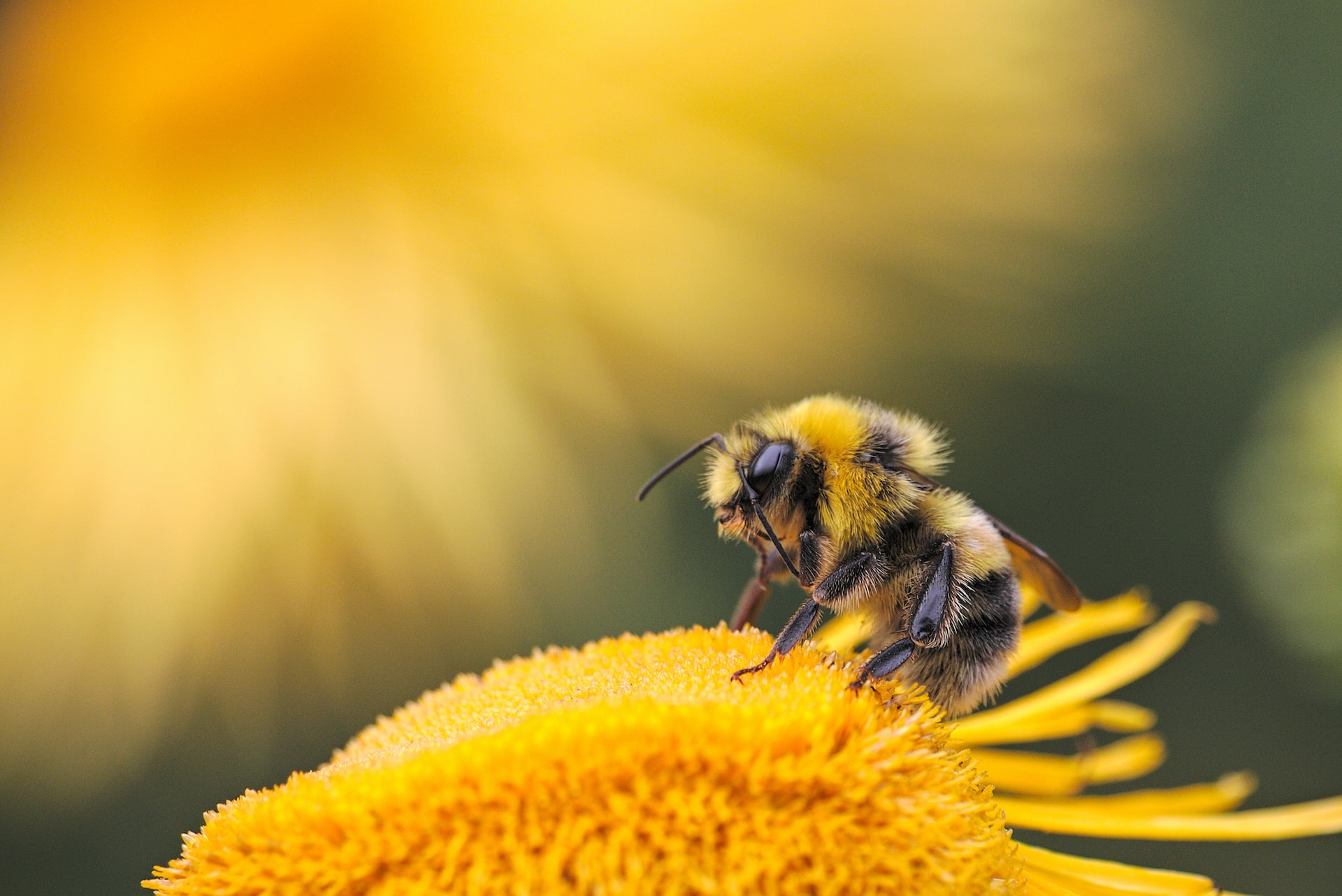
5 Examples of Keystone Species (These Can Make or Break their Ecosystem)
We are reader-supported. When you buy through links on our site, we may earn affiliate commission.
All animals have value, but when it comes to the environment, not all are created equal. Adding or eliminating any animal from an ecosystem will have effects, but some species are vital for their ecosystem to thrive. They’re known as keystone species.
You might be surprised at some examples of keystone species, as they’re not always the most formidable creatures.
There are three main types of keystone species: predators, mutualists and ecosystem engineers.
Here are five keystone species that make or break the ecosystem they call home.
1. Beavers
One example of keystone species is the beaver. Beavers fall into the ecosystem engineers category as their actions directly affect the makeup of their ecosystem.
It all comes down to their dams. When beavers cut down old or dying trees, they make room for new, healthy trees to keep riverbanks strong.
When they use the trees to build dams, they change the flow of a river to create wetlands. Many species rely on those wetlands for survival.
2. Tiger Sharks
Tiger sharks are predators that help keep fish species strong and secure the land around them.
Tiger sharks, like other sharks, prey on sick or old fish, creating room for younger fish and preventing the spread of disease.
These sharks also help protect the seagrass beds that shelter different marine life.
Sea turtles are a favorite food source for tiger sharks. If no tiger shark is in the area, sea turtles will gather at seagrass beds and destroy them. When the sharks are in the area, the sea turtles disperse, protecting the beds.
3. Bees
You’ve probably heard that protecting bees is vital and that’s not an exaggeration.
Bees are mutualists, meaning they have a give and take with other species. In this case, those other species are plants. They pollinate various plants responsible for food and get the fuel they need to survive.
Many species’ food sources rely on bee pollination, including humans.
While bees don’t impact every human food source, they affect many, including avocados, onions, apples, berries, almonds, pumpkins, squash, broccoli, melons, coffee and more. Overall, around one-third of the American diet would diminish.
4. Gray Wolves
Wolves are predators through and through, and their hunting practices do a lot to help their ecosystem.
Gray wolves help to keep elk populations in check, helping preserve willow and other plants that make up their ecosystem. This also helps the elk in the area become more resilient, increasing their survivability.
The wolves also help feed other animals like eagles, coyotes and bears by leaving them their food scraps.
5. Elephants
Elephants are another example of ecosystem engineers. They help keep their savannah sunny by feasting on trees and shrubs that could block the light.
This allows other grasses to grow that feed other animals, including zebras, antelopes and wildebeests. This also provides food sources for carnivores like lions and cheetahs.
Through their actions, elephants keep the dirt underneath dry and warm, perfect for mice and shrews.
Not to mention, elephant dung spreads seeds, promoting new plant life.
Knowing Keystone Species Examples
Knowing keystone species is essential since they are so vital to their ecosystems.
By working to preserve their survival, you can help ensure that these ecosystems and the creatures that rely on them thrive.
Share on
Like what you read? Join other Environment.co readers!
Get the latest updates on our planet by subscribing to the Environment.co newsletter!
About the author

Jane Marsh
Starting from an early age, Jane Marsh loved all animals and became a budding environmentalist. Now, Jane works as the Editor-in-Chief of Environment.co where she covers topics related to climate policy, renewable energy, the food industry, and more.
